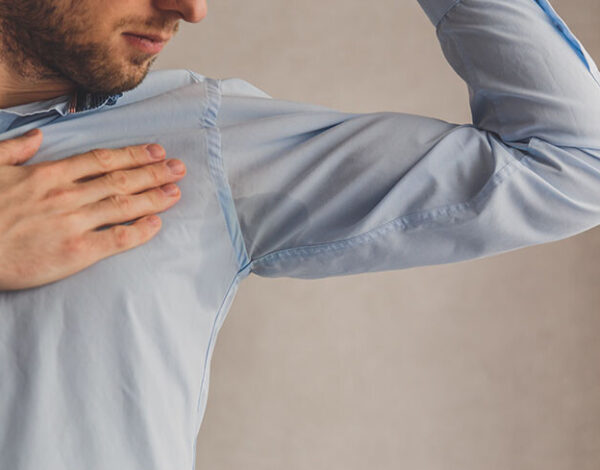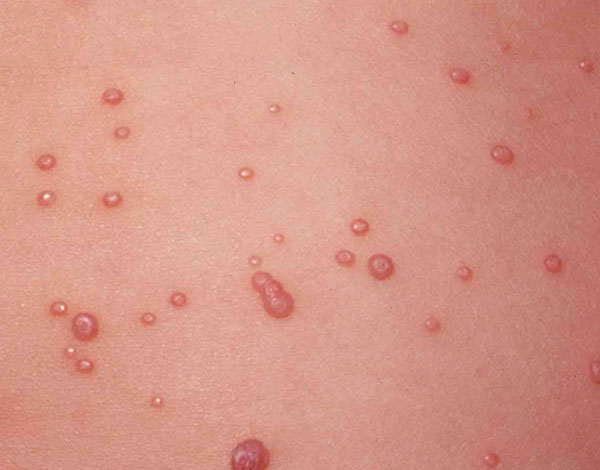December 3, 2020
Dry skin is a condition where the skin becomes rough, rough, flaky and may be accompanied by itching with exfoliation. Healthy skin contains 15-20% water, when this ratio falls below 10%, the skin takes on a dry appearance and begins to flake.
When the skin dries, the skin becomes dull and thin, flaking and fine lines develop. The elasticity of the dry skin has decreased, it has taken a rough appearance and has become more fragile. As a result, cracks and thin crevices may occur. As the drying severity increases, itching and stinging may occur.

Dry skin can be structural, it can also be seen in some dermatological diseases (atopic dermatitis, psoriasis, ichthyosis) or systemic diseases (lymphoma, HIV), and sometimes it can develop due to external causes. Physiologically, the possibility of drying increases with age due to the decrease in the amount of collagen and sebum in the skin. Some drugs (isotretinoin used in the treatment of acne, acitretins used in the treatment of psoriasis, cholesterol-lowering drugs), hormonal balance changes (menopause, underactive thyroid gland) may also cause skin dryness. Long-term sun exposure, being in a low humidity environment, smoking, frequent washing and use of wrong cleansers and cosmetic products can also cause skin dryness.
The aim of the treatment is to ensure the health and integrity of the skin, therefore, besides the long-term use of moisturizers, the reasons that may dry the skin should be avoided.
• Consuming plenty of water/fluids
• To increase the ambient humidity (steam machine can be used, waterer can be hung on the heater cores)
• Reducing the frequency and duration of bathing (washing for less than 15 minutes every other day), reducing the frequency of washing hands as much as possible.
• Bathing with warm water and washing hands
• Use of cleanser that does not cause dryness (preferring bar soap instead of liquid soap and shower gels or using suitable dermacosmetic cleaners)
• Reducing contact with chemical agents, detergents and disinfectants as much as possible and using thick rubber gloves when contact is necessary.
• Use of appropriate moisturizer after bathing and hand washing.
• Choosing appropriate protective clothing (gloves, scarf) in winter and windy weather
• Preferring comfortable cotton clothes
It will reduce the risk of skin dryness.









